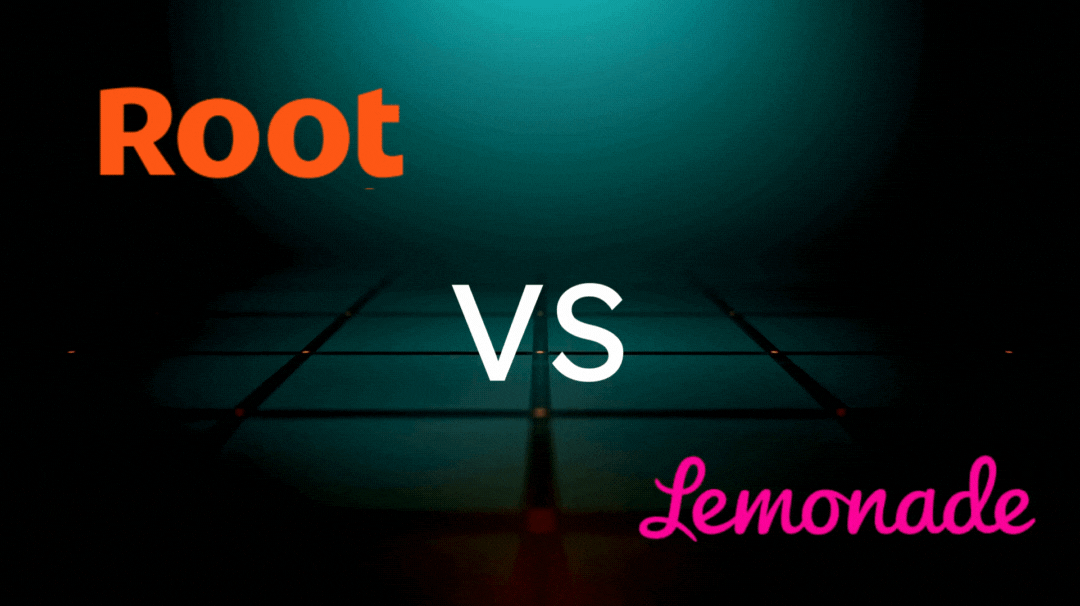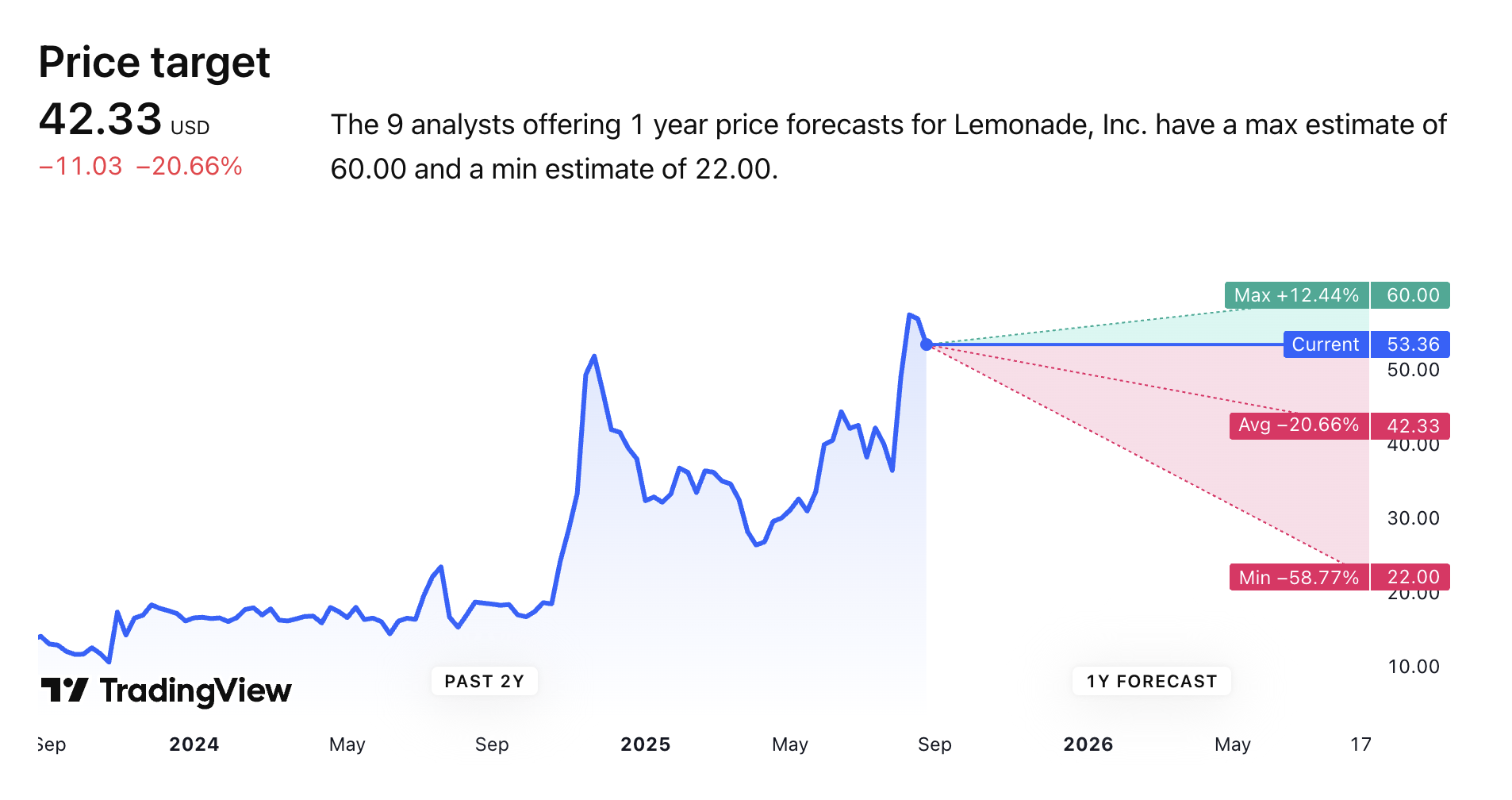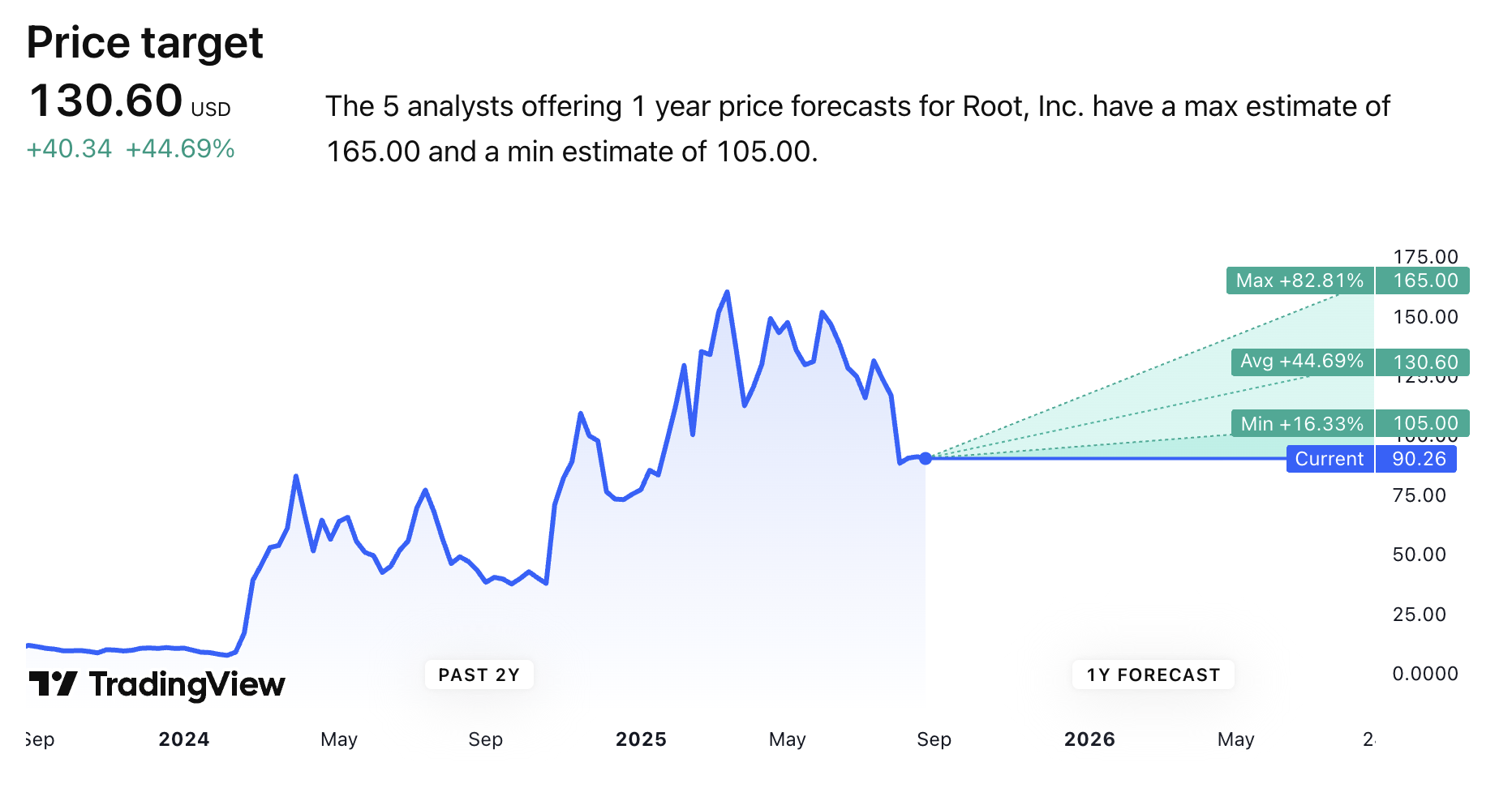In the world of digital insurance, Lemonade $LMND and Root $ROOT have long been seen as parallel bets on the same future. Both use AI, both aim to outmaneuver legacy carriers, and both promise to deliver smarter, faster, and more personalized coverage.
But in the battle for profitability, pricing power, and market dominance, subtle differences are beginning to matter… a lot. One company is starting to pull ahead, albeit just slightly. The race is close, but there’s a frontrunner.
We’ll compare Lemonade and Root across four key dimensions:
Underwriting profitability
Pricing power and responsiveness
Unit economics and customer value
Retention, brand strength, and cross-sell potential

Underwriting Profitability: Root Crosses the Line First
Let’s start with the holy grail: underwriting profit.
In Q2 2025, Root posted a combined ratio of 95%, a full 7.5-point improvement from the previous year—and more importantly, its first quarter of underwriting profit. A $22 million net profit followed, a sign that the company’s pricing discipline and risk selection are working.
Lemonade, meanwhile, is improving—but hasn’t yet reached breakeven. Its loss ratio dropped to 67%, a 12-point improvement year-over-year, but the full combined ratio remains well above 100% due to high fixed costs and growth investment. Lemonade is targeting Adjusted EBITDA positivity by year-end 2026.
▸▸ Verdict: Root leads on execution. It’s no longer just improving—it’s delivering results.
Pricing Power: Telematics vs. AI
The ability to adjust premiums quickly in a volatile claims environment is crucial. And here’s where strategic models diverge.
Root’s edge is real-time pricing via telematics. It captures driver behavior and recalibrates premiums dynamically—essentially doing continuous underwriting. It’s already deployed new pricing models across key states, with regulatory approval in place. Loss ratios show the impact: Root is identifying better risks and shedding unprofitable ones faster.
Lemonade relies more on AI, behavioral economics, and actuarial models. It’s seen regulatory lag in getting rate increases approved—especially in California, where it recently won a 51% auto rate hike after long delays. While this will help going forward, Lemonade’s multi-line, multi-state strategy means approvals take longer and rate changes roll in more slowly.
▸▸Verdict: Root is more agile today. Lemonade may have a smarter long-term system, but responsiveness favors Root right now.

Unit Economics: Efficiency vs. Expansion
This is where the contest gets complex.
Lemonade’s long game centers on lifetime value. It acquires young renters cheaply, then expands customer value through upsells—pet, home, car. Premium per U.S. customer now exceeds $1,000, and the company boasts 2.7 million customers, up 24% year-over-year. That’s scale in action. Retention improves significantly when customers bundle products, and annual premium per customer has been rising ~20–30% annually.

Importantly, 80% of Lemonade’s growth marketing spend is financed by its Synthetic Agent partner. This amortized CAC structure is creative—but economic CAC is still incurred over time.
Root, on the other hand, is optimizing for margin. After high early CAC and churn, it’s now driving customer growth via embedded partnerships—with Hyundai, Carvana, and Experian, among others. These deals feed customers at a fraction of old costs. In Q2 2025, 44% of new business came through these partners, and Root’s marketing spend grew only 8.5% despite revenue growth.

Premium per policy has climbed to $1,616, and Root claims this is lifting customer lifetime value by 20%. Telematics helps pre-screen customers for quality, further boosting LTV.
▸▸ Verdict: Lemonade wins on long-term LTV potential. Root wins on short-term CAC efficiency. Both are improving, but Root’s shift is already yielding cleaner economics.
Retention, Brand, and Cross-Sell: Lemonade's Strength Emerges
Retention is still Lemonade’s secret weapon. It has a sticky product set for a loyal, younger demographic, and it’s starting to show in the numbers. In-force premium is growing faster than customer count, suggesting upselling is working. While Root lacks the same cross-sell potential—being an auto-only play—Lemonade’s bundled customers are generating dramatically higher revenue per account.
Still, Root may be turning the retention corner, too. Customers acquired through agents or car dealers are less likely to churn than those drawn in by digital ads. Root is also exploring bundling via partnerships, potentially offering auto plus homeowners through integrated platforms.
▸▸ Verdict: Lemonade pulls slightly ahead here. Its brand, bundling strategy, and demographic targeting give it deeper roots with customers.

The Final Take: Who Has the Edge?
Root has done the hard thing first—achieved profitability and pricing precision. Its focus, discipline, and technology are driving measurable improvements quarter over quarter. It’s leaner, quicker, and right now, more financially mature.
Lemonade is playing the long game—and playing it well. Its broader product suite, deeper customer engagement, and brand equity position it for massive LTV if execution stays strong. But the path to profitability is still ahead, not behind.
✅ Root edges ahead
But this race is far from over. Lemonade’s AI pricing models, customer bundling, and scale potential make it a formidable competitor. If Lemonade tightens expenses and keeps winning rate approvals, the roles could flip in 12–24 months.
Main Takeaway:
Root is the smarter pick for near-term performance, with cleaner financials and a profitability tailwind.
Lemonade is the more ambitious bet on multi-line scale and long-term dominance, if it can get there.
This isn’t a winner-takes-all story. But for now, Root is ahead by a nose.



